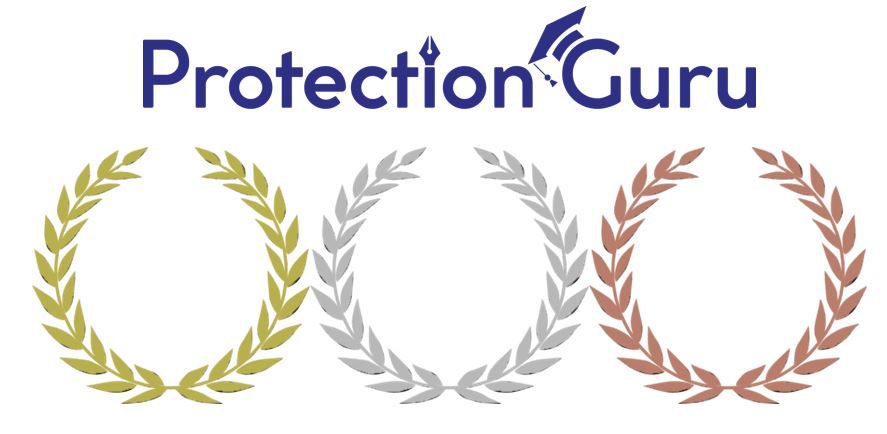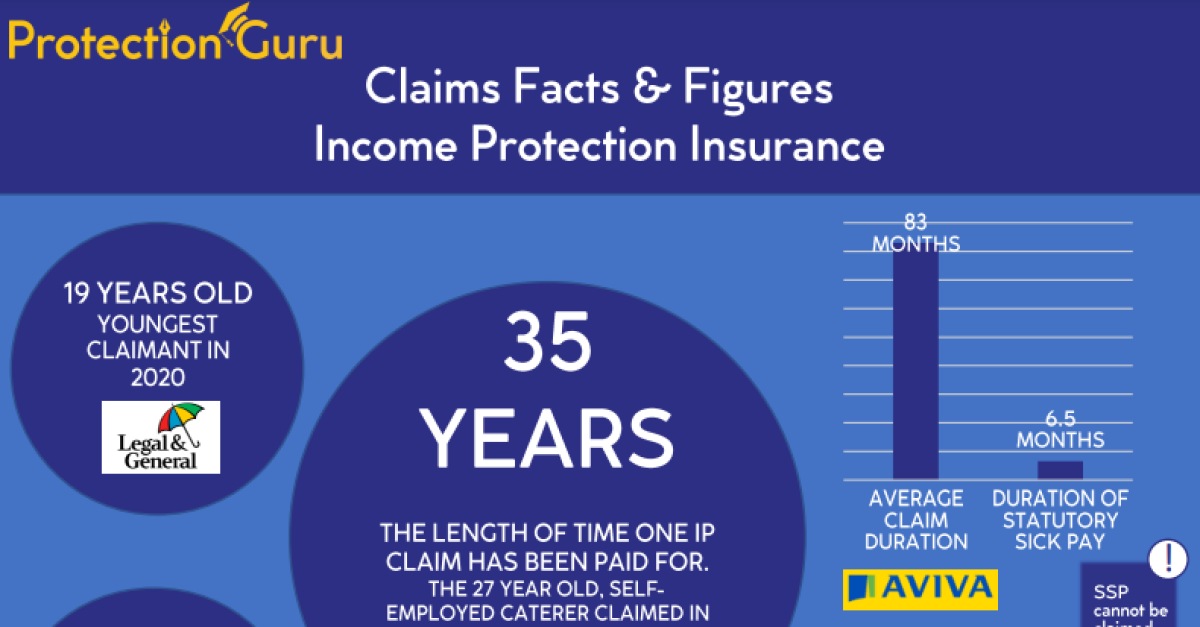
Why managing the impact of a key person’s death is important for businesses

In reading this article you will understand:
- The potential risks a key person’s death might have on your business
- The ways your firm can mitigate these risks
- What protection plans businesses should consider
We’ve all heard or read about people being diagnosed with a terminal illness, being involved in a fatal accident, or dying ‘before their time’ with the cause of death undisclosed. We may have had a close call ourselves and have a completely different outlook on life as a result. Perhaps we have known someone who was on top of their game one minute and having a heart attack the next.
A quick Google search throws up various examples of these things happening to business owners or people in key roles – the sudden death of a local entrepreneur at age 55 and another with an eight-year-old child being diagnosed with a terminal illness, to mention just two. Both were business owners with families to support. Both employed staff who were relying on their jobs to financially support themselves and their dependents.
Potential risks
Last year Legal & General published its 7th State of the Nation report, looking at the potential risks facing small and medium-sized firms. Researchers spoke to a range of UK businesses, from limited companies and sole traders to partnerships and limited liability partnerships, about their awareness of the potential risks to their business and how these risks could be mitigated.
The research found 94% of businesses had at least one key person and 52% of firms identified the death of an owner or key employee as the top risk to their business. Building a business, either as the sole business owner, a partnership or a senior employee with key responsibilities does not make anyone invincible. Figures from Zurich based on official mortality and morbidity tables bear that out – in a company with four key people whose average age is 40, there is a 15% chance that one will die before the age of 65.
Although thinking about death is uncomfortable, people running a business need to be practical and consider what would happen to that company if they or another key individual died. In its most basic sense, a business is a group of people that other people go to for products and services. It is people who spot gaps in the market, generate and execute new ideas and sell the end product or service. It is people who build relationships with suppliers and customers. So, if there are people within a company who excel in any of those areas and their contribution makes that firm successful, their loss – as a key person – would be a blow in lots of ways.
Compounding the loss
One of the problems for firms that experience the loss of a key person is that replacing the individual is not quick or easy. Thinking logically, they would not be a key person in the first place if there were lots of people within the organisation – or even outside it – who could slip seamlessly into their shoes and do their job well. It is likely to take time to find a replacement and recruiting new people comes at a cost. Getting existing staff to temporarily plug the gap without that impacting negatively on their existing productivity can be challenging.
After the loss of a key individual, there may be other stumbling blocks, like losing sales or a competitive edge, that can lead to losing revenue. In the current economic environment where energy costs and inflation have rocketed, companies need all the revenue they can get their hands on because the cost of running a business is rapidly increasing. Data from the Office for National Statistics shows nearly half (46%) of trading businesses reported an increase in the price of goods or services bought in October 2022 compared with the previous month.
All this is something firms need to think about before they are faced with the loss of a key individual. When firms want to attract investors or increase their borrowing to finance growth while all key individuals are very much alive, lenders and investors might think twice about coming on board if the firm can’t demonstrate how it would manage the impact of losing a key person. Without something concrete to reassure lenders or investors that the firm has this situation covered, it is likely to be seen as too much of a risk.
Resilience
If a business was hit hard by the death of a key individual, existing loans could be called in because there might be question marks over the firm’s ability to pay it back. This could make a bad situation worse and there are limits to how long struggling businesses with little access to credit can limp along before they are forced to fold. The Legal & General research found six in 10 businesses believed they would have to stop trading in less than a year after the death or critical illness of a key individual. That is a sobering thought for firms who haven’t given much thought to what they would do if they found themselves in that situation.
For small businesses – especially newly established ones – being too busy with everything else is often the reason why the owners overlook ‘what ifs’ like the loss of a key individual. But if they have used their personal wealth or assets like their home as security to raise money for the business, they risk losing it all if the business failed because it could not manage the loss of that key person. This is no urban myth – research conducted for Vitality in February 2022 found 3 in 10 business owners were aware of a business that had gone bust after the death or serious illness of an owner, key employee, or business partner.
It is in everyone’s interests for businesses to be resilient against events like the critical illness or death of a key individual. Protection advisers can play an important role in ensuring this happens by explaining the benefits of business protection such as key person life/critical-illness cover. These policies can provide a lump sum or income to get the business through a difficult time and back on its feet.
Things to reflect on for CPD:
- 94% of businesses had at least one key person and 52% of firms identified the death of an owner or key employee as the top risk to their business. What businesses do you work with that would struggle financially if a keyperson died?
- After the loss of a key individual, there may be other stumbling blocks, like losing sales or a competitive edge, that can lead to losing revenue. What impact would a reduction of revenue have on your clients business?
- If a business was hit hard by the death of a key individual, existing loans could be called in because there might be question marks over the firm’s ability to pay it back. Which of your clients might have business loans?
- Read this article to understand non-medical underwriting limits for business protection.
- Read this article to understand how to protect the income of business owners with executive income protection.

















